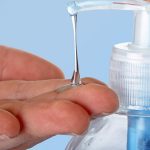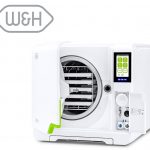The importance of putting cash aside for a rainy day is something we hear about from an early age. As we get older, we learn the difference between savings and investments. Rather than squirreling pennies away for future purchases, depending on our appetite for risk, we may decide to invest in assets that will one day (hopefully) earn us money.
When you left dental school you were probably told to start thinking about retirement! Last September, HMRC released figures relating to personal pensions. They showed that the amount of people contributing to a personal pension has increased (auto-enrolment will be a factor), but the annual average annual contributions per person has decreased, albeit slightly. In 2017-18, an individual’s average annual contributions totalled £2,700; in 2016-17 this figure was £2,900.[i] Separate data from the Financial Conduct Authority (FCA), also published last September, gave more information about the pensions picture in 2018/19.[ii] It found that over 350,000 pension pots were fully withdrawn at the first time of access – so, the user took out all their funds during the period in question, having not accessed it previously. Out of these, 90% were less than £30,000 in value and 63% were less than £10,000. The figures also showed that the most common pensions withdrawal rate for 2018/19 was 8% (except for the largest pots, of £250,000 and above). So, people with smaller pension pots were more likely to have dipped into them, or have taken the whole amount out in one go.
Of course, there are other ways to plan for a comfortable future. If you own a buy-to-let property, you may consider this your true ‘pension,’ and your most valuable source of future income (whether you continue collecting rent or sell) in retirement.
Saving and investing are like eating your greens; we know we should, but many of us find ways not to. Some of the big account providers cut interest rates for savings’ products this year too, which is hardly the greatest incentive. We hear that it’s not how much, but how often we save that’s important, but is this a red herring when the figures appear to show that we should be putting aside more?
Then there is the ‘live for today’ element. The balance between saving for an unknown future/a rainy day that might not come versus enjoying the fruits of your labours now can be tricky to find. In tumultuous times, the temptation to live for the moment is strong – why shouldn’t it be?
Finding the balance is possible, but whatever you do, don’t do anything without advice. HMRC’s report also showed that pensions providers “recorded that 48% of plans were accessed without regulated advice or guidance being taken”. We should add a note about being self-employed here, as many in the dental industry have self-employed status. As per figures from the end of 2019, over half of self-employed people said they wanted more advice on how to be a better saver.[iii]
Investing in the services of a financial expert who can help you save and invest using the right product(s) for you, is always money well spent because they will take short and long-term planning into consideration. The specialist dental accountants at Lansdell & Rose will help you save more, invest wisely and enjoy the present. You won’t achieve this delicate balancing act alone! Good guidance can help protect you from life’s twists and turns and give you peace of mind.
To find out more, call Lansdell & Rose on 020 7376 9333,
Or visit www.lansdellrose.co.uk
[i] Personal Pensions. National Statistics released by HMRC, September 2019. Link: https://www.gov.uk/government/statistics/personal-pensions-statistics-introduction
[ii] FCA. Retirement income market data 2018/19. Published 25 September 2019.
Link: https://www.fca.org.uk/data/retirement-income-market-data
[iii] Majority of self-employed are not saving into pensions. FT Adviser, 11 October 2019. Link: https://www.ftadviser.com/pensions/2019/10/11/majority-of-self-employed-are-not-saving-into-pensions/




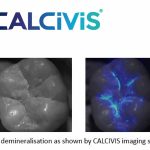

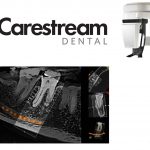
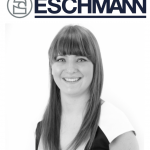

 the world. I have felt very comfortable in this environment and liked working for well-established and well-run companies. Many of the skills learnt in the retail sector were easily transferable to dentistry. For example, the regimented protocols installed in me from retail translated into the strict compliance procedures required in dentistry. I also understood how to guide and enhance the customer journey, which I can apply in the practice to ensure a high-quality patient experience too.”
the world. I have felt very comfortable in this environment and liked working for well-established and well-run companies. Many of the skills learnt in the retail sector were easily transferable to dentistry. For example, the regimented protocols installed in me from retail translated into the strict compliance procedures required in dentistry. I also understood how to guide and enhance the customer journey, which I can apply in the practice to ensure a high-quality patient experience too.”